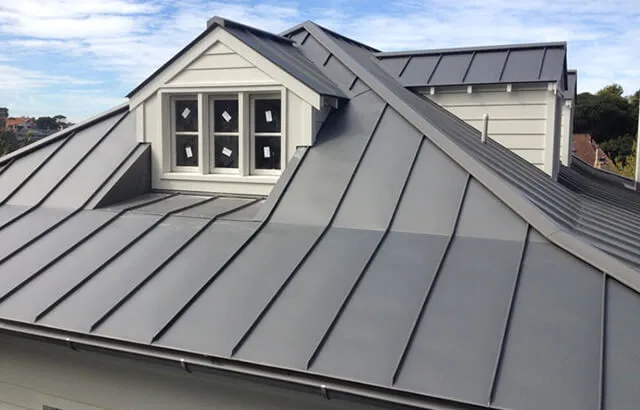Commercial Metal Roof Flashing: All You Need To Know

As an expert in the field of sheet metal and roofing, we often get asked about Commercial Metal Roof Flashing. It’s a crucial component of any commercial roofing system, but many building owners and managers don’t fully understand its purpose and importance. In this article, we will cover all you need to know about commercial metal roof flashing.
What is Commercial Metal Roof Flashing?
Commercial Metal Roof Flashing is a metal component that’s installed on the roof to protect against water infiltration. It’s typically made of galvanized steel, aluminum, or copper, and comes in various shapes and sizes. It’s placed in areas of the roof where there’s a change in direction, such as at the edges, corners, and around penetrations like pipes and vents.
Why is Commercial Metal Roof Flashing Important?
Commercial Metal Roof Flashing is essential for protecting your building from water damage. Without it, water can seep into the roof and cause leaks, which can lead to costly repairs and even structural damage. Commercial Metal Roof Flashing also helps to prevent mold growth, which can be a health hazard and damage the building’s air quality.
Types of Commercial Metal Roof Flashing
There are several types of Commercial Metal Roof Flashing, each designed to protect against specific types of water infiltration. The most common types of Commercial Metal Roof Flashing include:
1. Drip Edge Flashing: Drip edge flashing is installed along the edges of the roof to direct water away from the building. It’s usually made of galvanized steel or aluminum and comes in various sizes.
2. Valley Flashing: Valley flashing is installed in the valleys of the roof where two slopes meet. It’s designed to direct water away from the roof and prevent it from pooling in the valley.
3. Step Flashing: Step flashing is installed around roof penetrations like chimneys and vents. It’s designed to seal the area where the roof meets the penetration and prevent water from entering.
4. Counter Flashing: Counter flashing is installed on top of step flashing and is used to protect against water infiltration where the roof meets the wall.
Get Started
For any questions or concerns, get in touch with our knowledgeable staff today. We would be glad to assist you!
Contact Us Today5. Cap Flashing: Cap flashing is installed on top of parapet walls to prevent water from seeping into the building.
How to Install Commercial Metal Roof Flashing
Commercial Metal Roof Flashing should be installed by a professional roofing contractor who has experience working with sheet metal. The installation process involves measuring and cutting the flashing to the appropriate size, shaping it to fit the roof’s contours, and securing it in place with fasteners. It’s important to use the right type of flashing for each area of the roof and to ensure that it’s installed correctly. Poorly installed flashing can lead to water infiltration and costly repairs.
Maintaining Commercial Metal Roof Flashing
Regular maintenance is essential for ensuring that your Commercial Metal Roof Flashing continues to protect your building from water damage. You should inspect your roof flashing at least twice a year and after any major weather events.
During the inspection, look for signs of damage, such as rust, dents, or cracks. If you notice any issues, have them repaired immediately by a professional roofing contractor.
It’s also important to keep your roof and gutters clean and clear of debris to prevent water from pooling and seeping into the roof.
Conclusion
Commercial Metal Roof Flashing is a critical component of any commercial roofing system. It’s designed to protect against water infiltration and prevent costly repairs and structural damage. By understanding the different types of Commercial Metal Roof Flashing and the importance of proper installation and maintenance, you can ensure that your building is protected from water damage and mold growth. If you need Commercial Metal Roof Flashing installed or repaired, Contact Michaels Sheet Metal, the experts in sheet metal and roofing.